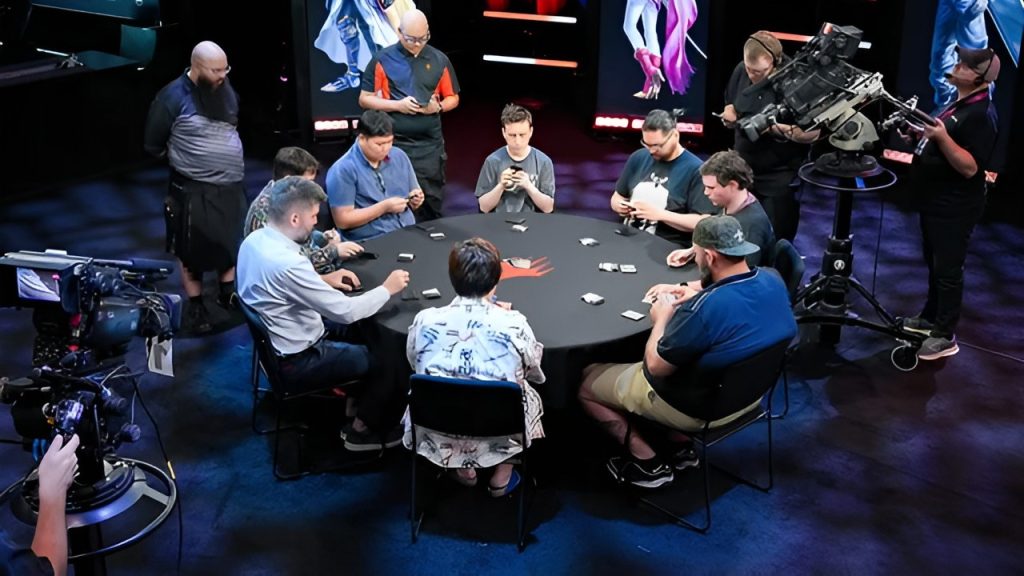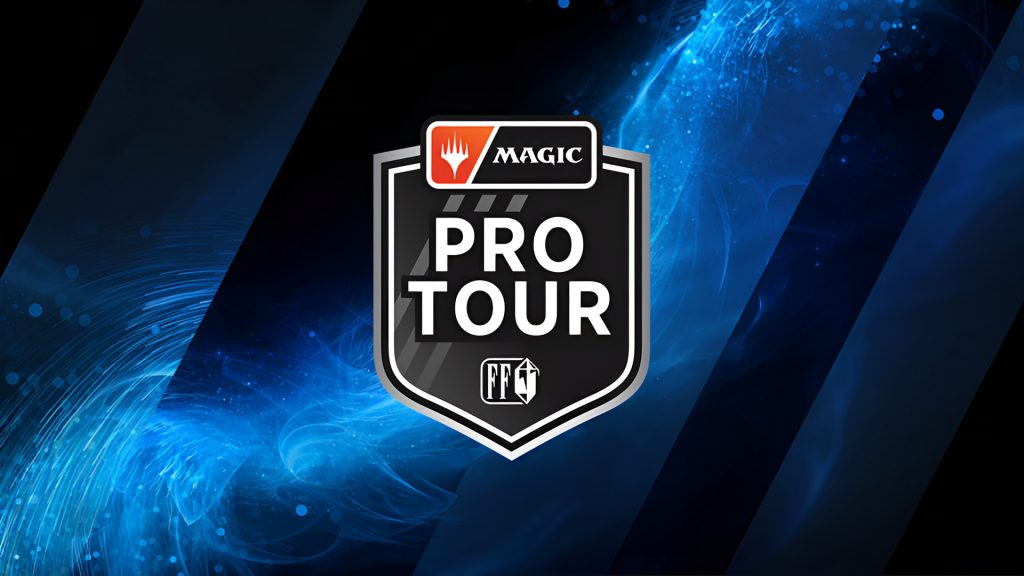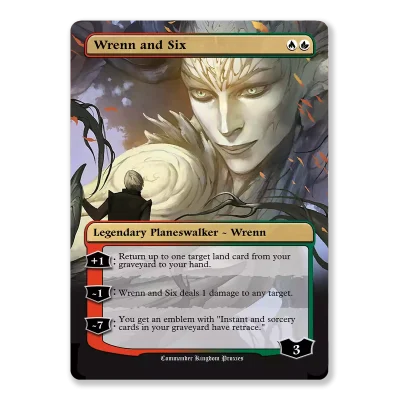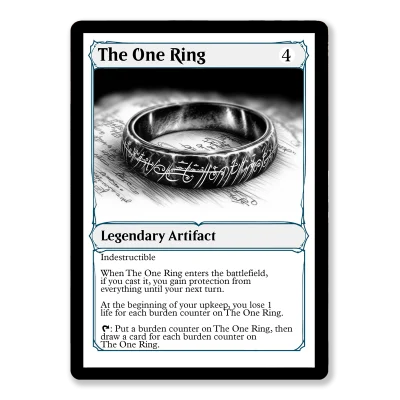It was noisy and electric on the floor of MagicCon when Pro Tour FINAL FANTASY kicked off. Hundreds of players packed into the hall. The prize pool was half a million dollars. And a spot at the World Championship hung in the balance. I felt the buzz before the first card flip. Competitive energy was everywhere. New Final Fantasy mechanics added a fresh twist. And players raced to test the latest synergies. It made for an intense scene from start to finish.
The Competitive Scene at MagicCon
Las Vegas was a fitting stage for this Pro Tour. MagicCon drew fans and pros alike. There were side events, cosplay, and panels. But the main focus was the tournament. Day one began with Booster Draft. Players picked cards as fast as they could. Then came three days of Standard Constructed, where deck lists mattered. Aggressive builds, control shells, and combo decks all faced off. And every match felt like it could change a player’s fate. With World Championship invites on the line, the stakes were sky high.
Breakout Decks and Aggro Strategies

When the Top 8 was revealed, it showed a clear trend. Aggro decks had found their moment. Mono-Red Aggro shone brightest. But Izzet Prowess was no slouch either. Both archetypes leaned on quick threats and combat tricks. Players adapted to the Final Fantasy set’s new tools. Cards like Monstrous Rage made blockers less effective. And Heartfire Hero’s haste made it a game-ender. In matches where every point mattered, these cards tipped the balance. Watching players pivot to these aggressive lists was fascinating. They read the metagame and adjusted on the fly.
The Rise of Mono-Red Aggro
Mono-Red Aggro wasn’t new to Standard. But this event pushed it to new heights. Ken Yukuhiro built a list that tore through the field. His deck ran Emberheart Challenger and Monstrous Rage in key slots. He packed burn spells to clear blockers or finish off opponents. Sideboard options like Soul-Guide Lantern and Suplex rounded out his plan. In the finals, he faced Izzet Prowess and won in three straight games. His choice to switch from Izzet to Red came after a brutal test session. It showed how quick metagame reads can pay off.
Izzet Prowess and Tempo Plays
Izzet Prowess stayed strong in many pilots’ hands. The deck mixed cheap spells with evasive creatures. Prowess triggers could fuel extra damage or card draw. It gave players a way to control tempo. Final Fantasy cards like Spellblade Master found a home here. And cheap counterspells let pilots protect key threats. In the Top 8, two Izzet lists made the cut. But they ran into the Red onslaught. Still, Izzet’s flexibility and sideboard plans made it a threat. It remains a top contender as players refine their lists.
Deck Tech: Monstrous Rage and Combat Tricks
One of the biggest shifts was the value of combat tricks. Monstrous Rage could turn a blocked creature into a lethal force. It forced opponents to think twice before chumping. Heartfire Hero dodged blockers with ease and dealt extra damage when it hit. Other spells like Final Fantasy Charm offered removal plus bonus effects. These cards changed how players built their curves. Adding more burst spells and fewer 4-drops let aggro stay consistent. It also meant sideboards had to include graveyard hate and extra blockers. Deck tech became as important as raw power.
Sideboard Plans and Metagame Adaptations
Sideboarding was crucial at Pro Tour FINAL FANTASY. Players needed answers to fast decks. Graveyard hate like Soul-Guide Lantern hit decks with recursion. Artifact removal dealt with problematic equipment or treasure tokens. Suplex gave a surprise removal effect at instant speed. In control matchups, extra sweepers and counterspells took center stage. But in aggro mirrors, life gain and burn spells stole wins. I watched players change plans between rounds, tailoring each game to the meta. It showed that flexibility is key in high-level play.
Draft Influence on Standard Play
The early Draft rounds also shaped the Standard field. Players who recognized slick Draft synergies brought those lessons to Constructed. Final Fantasy Draft rewarded color synergy and creature value. Cards that excelled in Draft often showed up in sideboards. That crossover blurred the line between Limited and Standard. It made testing more complex. You had to know both formats to stay ahead. And it rewarded those who put in extra practice on Arena. By event’s end, many pro players had fine-tuned their Constructed lists based on Draft data.
Impact on World Championship Prep
Ken Yukuhiro’s win locked in his spot at Worlds. But many invite slots remained open. The event served as a metagame barometer. It revealed which decks players should fear. And it highlighted cards that needed more testing. Now, teams around the globe dive into playtesting. They refine Mono-Red lists or pivot to Izzet. Some lean into midrange or control, hoping to surprise the field. Sideboard guides and deck tech articles flood social media. Everyone wants to be ready when World Championship 31 arrives.
Looking Ahead: Qualifiers and Online Play
Standard season doesn’t stop after this Pro Tour. Qualifiers on MTG Arena continue daily. Tabletop challenges run weekly at local stores. Each result tweaks the meta just a little. Players test new builds, search for weak spots, and adjust their lists. MagicCon itself offered new previews and sponsorships. And the competitive scene stays alive online. Watching early qualifiers gives hints at the next big breakout deck. It shows that the metagame never stands still.
Conclusion and Final Thoughts
Pro Tour FINAL FANTASY showed how fast the meta can shift. Aggro decks raced ahead thanks to new mechanics. Mono-Red Aggro proved its might, and Izzet Prowess held its ground. Draft and Constructed blended into a single testing ground. Sideboard plans became more vital than ever. And top pros like Ken Yukuhiro made bold choices that paid off. As we head toward the World Championship, these insights will guide every player. If you want to stay competitive, keep testing, stay flexible, and don’t be afraid to pivot. The next big deck might be the one you least expect.





